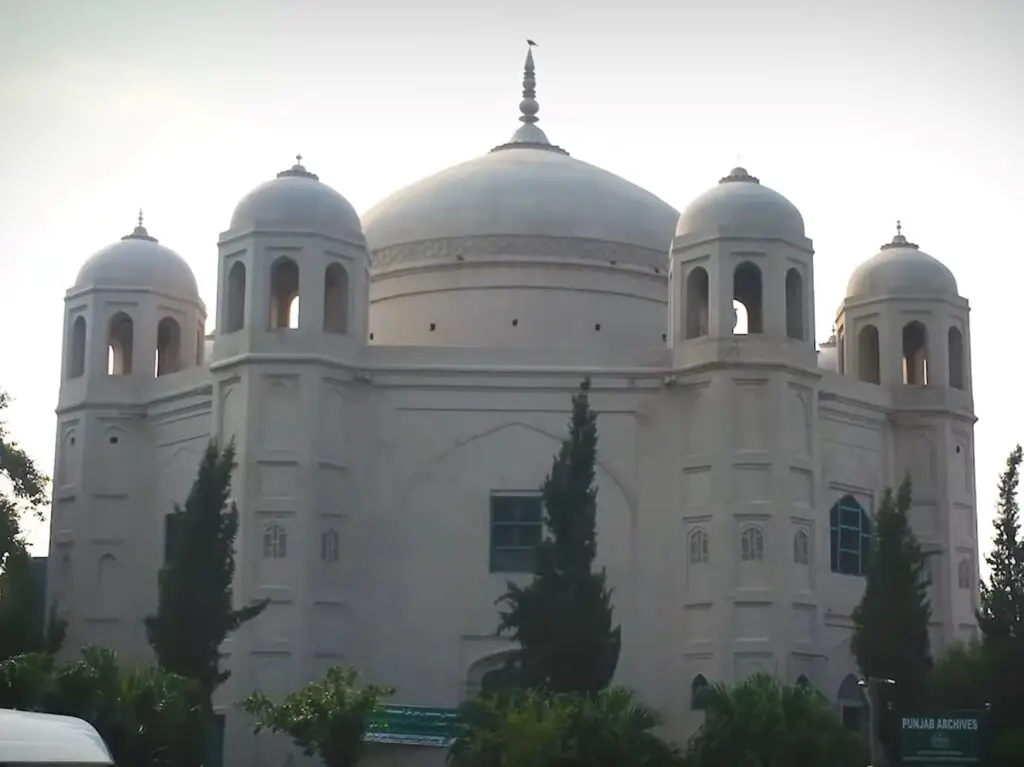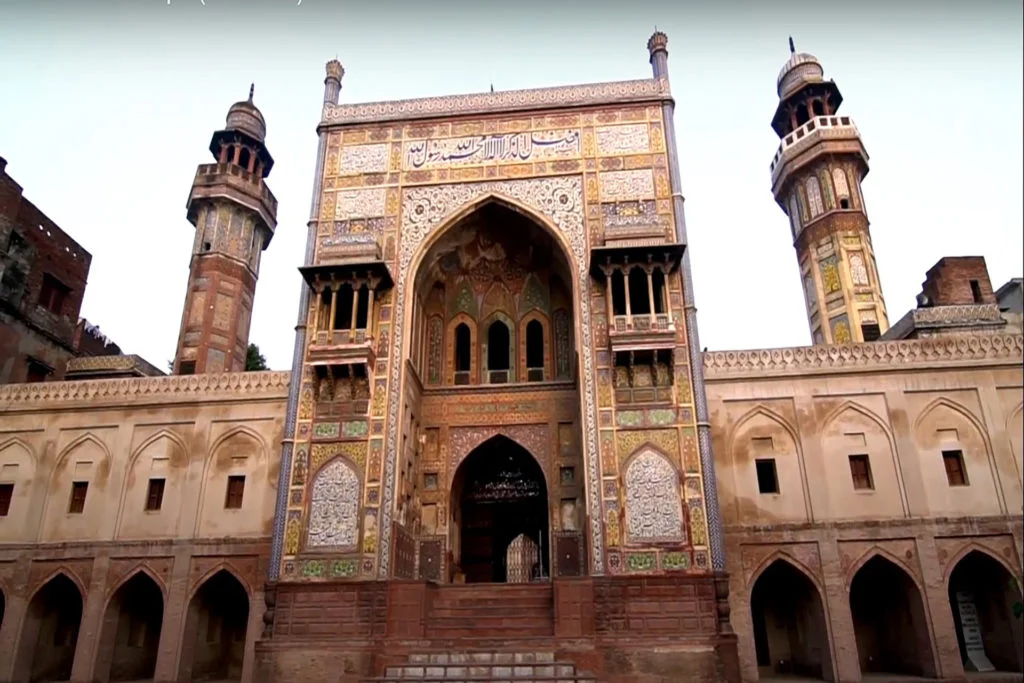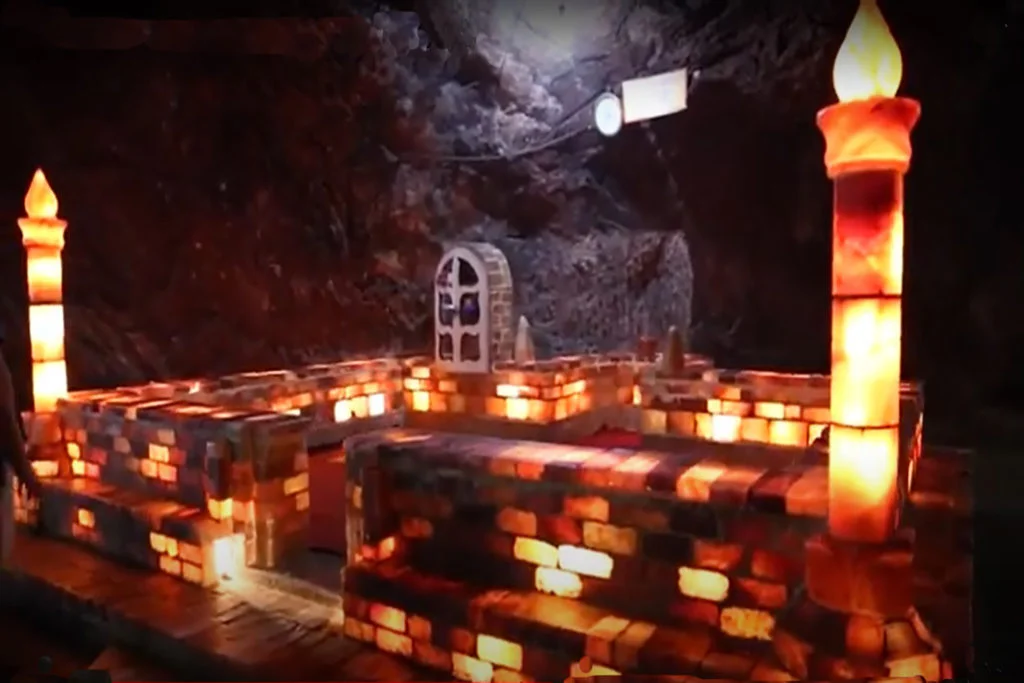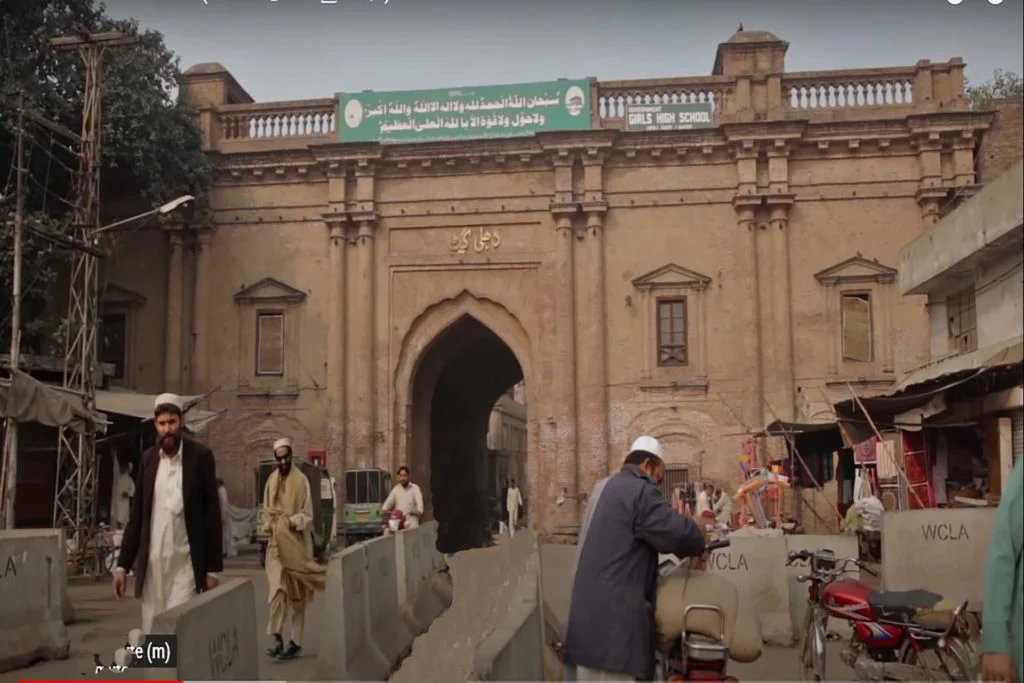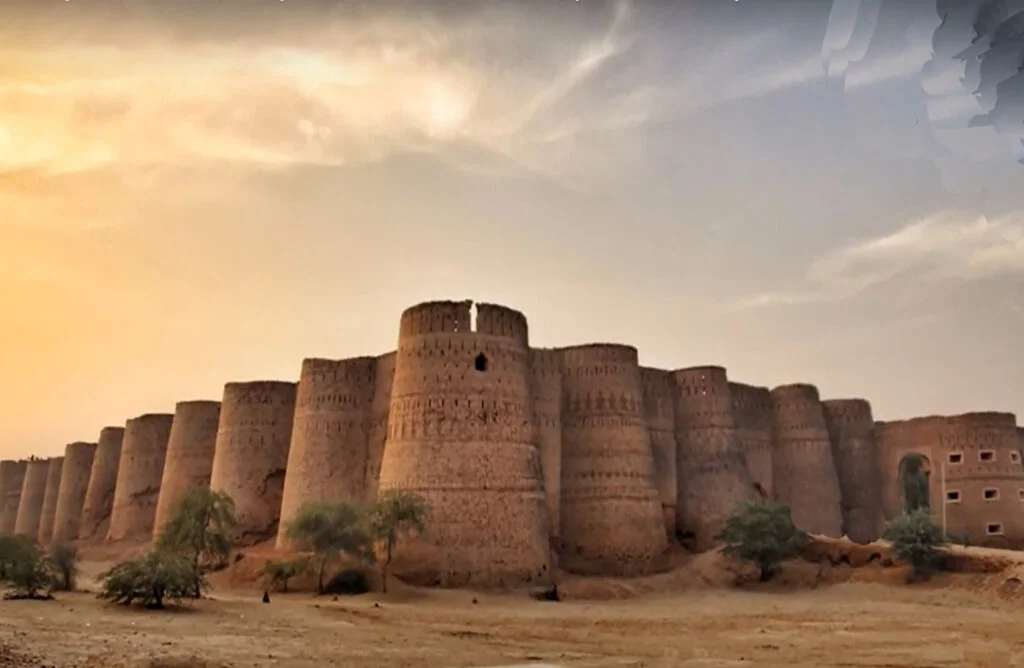Anarkali Tomb is an architectural marvel located in the city of Lahore, Pakistan. The tomb is a mausoleum built in memory of Anarkali, a legendary figure of the Mughal era. The tomb is known for its exquisite architecture, intricate carvings, and historical significance.
The construction of the Anarkali Tomb began in 1615 by Mughal Emperor Jahangir in memory of his lover Anarkali, who was believed to have been buried alive for having an illicit affair with the emperor’s son, Prince Salim (later Emperor Jahangir). The tomb is located inside a walled enclosure, surrounded by gardens and trees.
Location of Anarkali Tomb in Lahore
Anarkali Tomb in Lahore is located on the grounds of Lahore’s Punjab Civil Secretariat complex, southwest of the city. Anarkali Tomb is considered to be one of the earliest Mughal tombs which is still in existence. The tomb is considered to be one of the most significant buildings of the early Mughal era. Anarkali Tomb is currently used as the Punjab Archives with limited access for the general public.
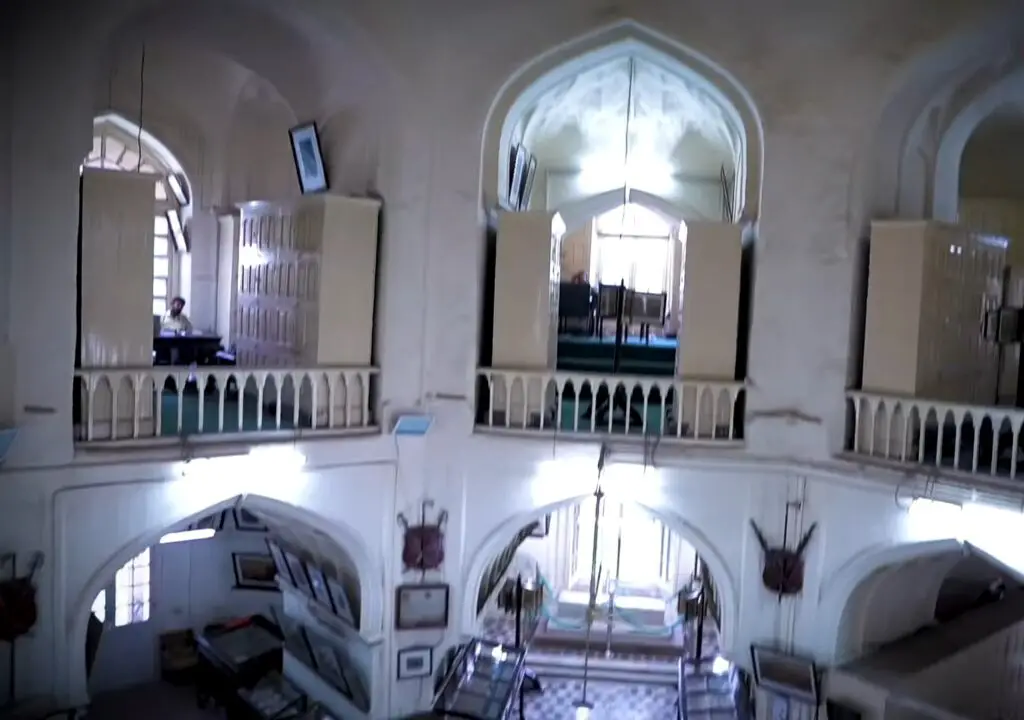
History of Anarkali Tomb
The Anarkali Tomb in Lahore, Pakistan, holds a significant place in the city’s history and is shrouded in intriguing tales and legends. Built during the Mughal era, the tomb has become an iconic landmark and a testament to the architectural grandeur of the period.
The tomb is named after Anarkali, a legendary figure associated with the Mughal court. According to popular folklore, Anarkali was a beautiful dancer in the court of Emperor Akbar during the 16th century. She was rumored to have had a forbidden love affair with Prince Salim, later known as Emperor Jahangir. Upon discovering their relationship, Akbar was said to have ordered Anarkali’s execution by being walled alive.
The construction of the Anarkali Tomb is attributed to Emperor Jahangir, who is believed to have built it as a mausoleum for Anarkali as a symbol of his love and remorse for her untimely demise. The tomb’s architectural style follows the Mughal tradition, characterized by intricate marble carvings, ornate designs, and a central dome.
Over the centuries, the Anarkali Tomb has undergone several renovations and restorations. It stands in the vicinity of other significant Mughal-era structures, such as the Lahore Fort and the Badshahi Mosque, adding to the rich historical fabric of Lahore.
The tomb’s historical importance extends beyond the legend of Anarkali. It serves as a testament to the Mughal architectural legacy, showcasing the mastery of artisans and craftsmen of the time. The intricate detailing and elegant design elements reflect the artistic sensibilities prevalent during the Mughal period.
Today, the Anarkali Tomb attracts both local visitors and tourists who are captivated by its historical allure. It stands as a reminder of Lahore’s rich cultural heritage and its connection to the illustrious Mughal Empire. The tomb, with its serene ambiance and architectural splendor, continues to be a cherished part of Lahore’s cultural landscape, inviting visitors to explore its history and unravel the captivating stories that surround it.
The tomb’s architecture is a blend of Mughal and Persian styles, with intricate geometric patterns and floral designs adorning the walls and ceilings. The central dome of the tomb is made of white marble and is surrounded by smaller domes and minarets. The tomb’s interior is decorated with exquisite frescoes, calligraphy, and tilework, reflecting the artistic skills of the Mughal era.
The Anarkali Tomb has undergone several renovations over the years, with the most significant being carried out during the British colonial period. The British added a clock tower and a gateway to the tomb, which are still present today.
Who is buried in Anarkali’s tomb?
The identity of the person buried in the Anarkali Tomb in Lahore, Pakistan, has been a subject of debate and uncertainty. While the tomb is popularly associated with the legendary figure of Anarkali, the dancer in the Mughal court, there is no conclusive historical evidence to confirm her burial at this site.
Historical records and scholarly research suggest that the tomb may have been constructed for someone else during the Mughal era. Some theories propose that the tomb might have been built for a wife or a close associate of Emperor Jahangir, who was the son of Emperor Akbar. The lack of definitive historical documentation and the existence of various theories contribute to the ambiguity surrounding the actual occupant of the tomb.
However, regardless of the specific identity of the person buried in the Anarkali Tomb, its historical and architectural significance remains intact. The tomb stands as a symbol of the Mughal Empire’s artistic and cultural heritage, attracting visitors who appreciate its architectural beauty and the intriguing legends associated with it.
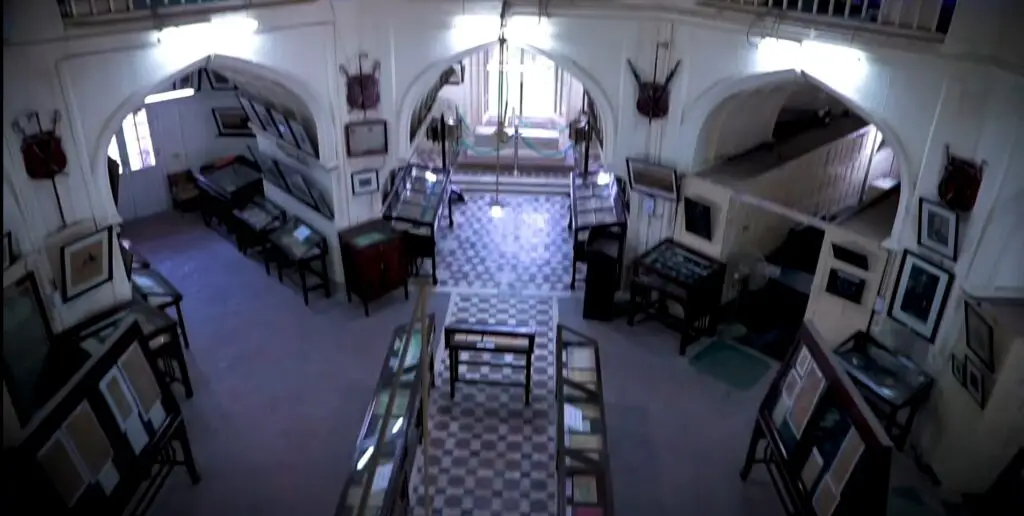
The architecture of Anarkali Tomb
In addition to its architectural beauty, the Anarkali Tomb has historical significance. The legend of Anarkali has inspired countless stories, plays, and films, and her tragic story continues to captivate the imagination of people to this day. The tomb has also been a site for political rallies and demonstrations, with many political leaders using it as a backdrop for their speeches.
Visitors to the Anarkali Tomb can explore the walled enclosure, gardens, and the tomb itself. The gardens are a popular spot for picnics, with families and friends gathering to enjoy the serene surroundings. The tomb’s interior is accessible to visitors, allowing them to admire the intricate details of the frescoes and carvings.
In conclusion, the Anarkali Tomb is a magnificent piece of architecture that reflects the artistic and cultural heritage of the Mughal era. The tomb’s historical significance and tragic legend have made it a popular tourist destination and a site of cultural and political importance. If you’re planning a trip to Lahore, the Anarkali Tomb is a must-visit destination that is sure to leave you awestruck.

